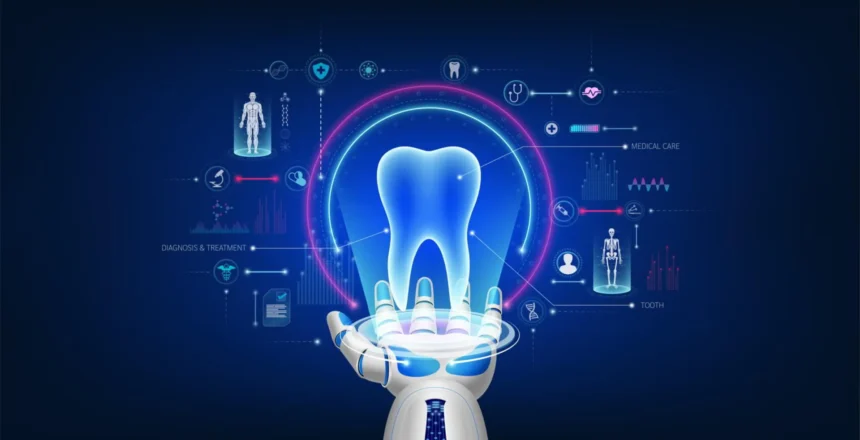Introduction
Dentistry has evolved far beyond simple fillings and cleanings. Thanks to modern technology, oral care today is faster, less painful, and more precise than ever before. From digital imaging and laser treatments to artificial intelligence, advances in dentistry are reshaping how patients and dentists approach oral health. These innovations not only improve diagnosis and treatment but also enhance patient comfort and long-term dental outcomes.
Digital Imaging and 3D Printing in Dentistry
1. Digital X-Rays and 3D Imaging
Traditional X-rays often exposed patients to higher radiation and provided only two-dimensional views. Today, digital X-rays and cone beam 3D imaging allow dentists to see detailed structures of teeth, bones, and soft tissues. This helps in detecting hidden dental issues like root infections, cysts, or bone loss.
2. 3D Printing for Dental Restorations
3D printing is revolutionizing the way crowns, bridges, dentures, and aligners are made. Instead of waiting weeks for a dental lab, many clinics can now produce precise dental restorations in-house, often within a single visit.
Laser Dentistry
Laser technology has become a game-changer in oral care. It is used for procedures such as:
- Cavity detection and removal without drilling.
- Gum reshaping for a healthier smile.
- Teeth whitening that’s faster and gentler.
- Treatment of gum disease by reducing bacteria and promoting healing.
Lasers reduce the need for anesthesia, minimize bleeding, and shorten recovery times, making dental care less intimidating for patients.
Teledentistry and Remote Consultations
The rise of teledentistry allows patients to connect with dental professionals from the comfort of home. Virtual consultations help with:
- Early detection of dental issues.
- Follow-up visits after procedures.
- Access to care for patients in rural or underserved areas.
This technology is especially valuable for preventive care and patient education.
Artificial Intelligence (AI) in Dentistry
AI is playing a major role in modern oral care by:
- Assisting in the early detection of cavities, oral cancers, and gum disease.
- Analyzing dental X-rays more accurately than traditional methods.
- Helping dentists create personalized treatment plans.
AI-based tools are improving accuracy and reducing human error, ultimately leading to better patient outcomes.
Robotic and Computer-Assisted Dentistry
Robotic systems and computer-aided design/computer-aided manufacturing (CAD/CAM) are transforming surgical and restorative dentistry. Robots assist in performing highly precise implant placements and minimally invasive procedures, reducing complications and improving success rates.
Regenerative Dentistry and Biomaterials
One of the most exciting areas of dental research is regenerative dentistry. Scientists are exploring ways to regrow enamel, repair damaged tissues, and even replace lost teeth using stem cells and advanced biomaterials. These innovations hold promise for the future of dentistry where fillings, dentures, and implants might be replaced with natural regeneration.
Wearable and Smart Dental Devices
Smart toothbrushes and dental monitoring devices are making oral care more interactive. These tools:
- Track brushing habits.
- Provide real-time feedback via mobile apps.
- Help patients maintain better oral hygiene at home.
Conclusion
The field of dentistry is undergoing a remarkable transformation. With innovations like 3D printing, laser treatments, AI-driven diagnostics, and regenerative technologies, patients now benefit from faster, safer, and more comfortable oral care. These advances not only improve treatment outcomes but also make dentistry more patient-friendly. The future of oral health is bright, promising a time when dental problems are detected earlier, treated more effectively, and possibly even prevented entirely.

